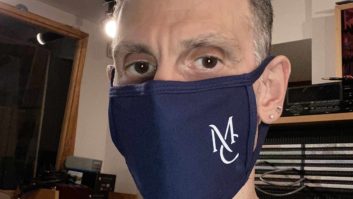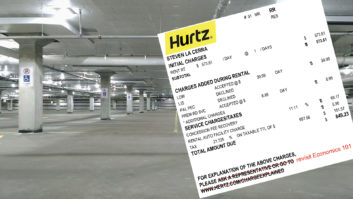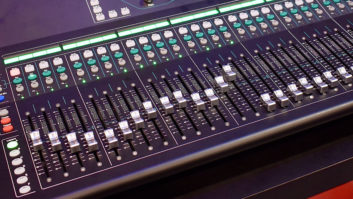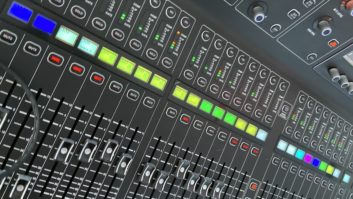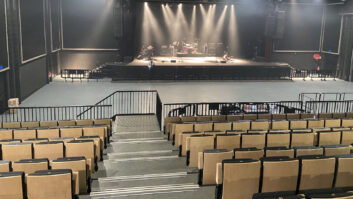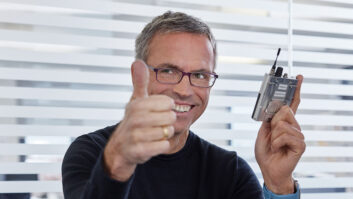Each year, roughly 500,000 bikers make the pilgrimage to Sturgis, S.D., for the annual Sturgis Motorcycle Rally. The event typically runs 10 days, providing attendees with an assortment of activities such as racing, bike shows, contests ranging from a beauty pageant to pickle licking (yes, seriously), and, of course, music. A typical year at Sturgis features more than a handful of national acts, as well as a full assortment of local original and cover bands.
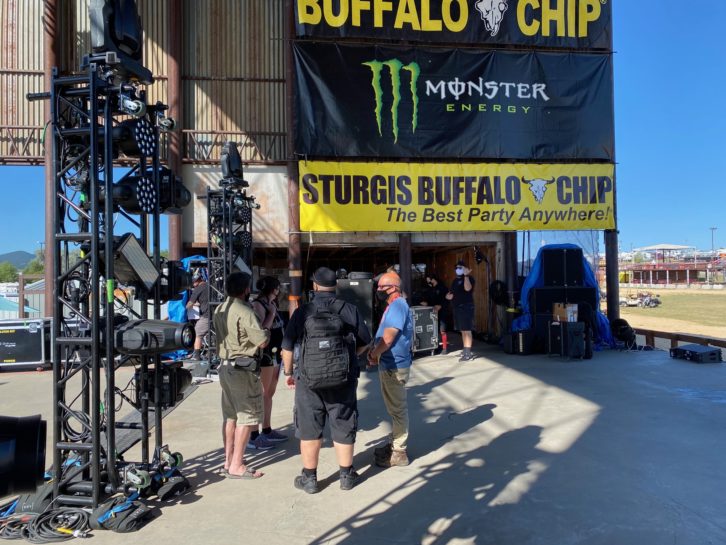
If you’ve ever been, you know that this otherwise sleepy town is absolutely jam-packed for the duration of the Rally. What normally would be a 10-minute drive from a hotel to a nearby music venue could easily take an hour. But 2020 is not a typical year.
Attendance for the 2020 Sturgis Rally was down due to the pandemic (somewhere between 250,000 and 375,000, depending upon who you ask), but you’ll be happy to hear that the city’s liquor store sales raked in almost $430,000—an increase of 26 percent compared to last year. It’s estimated that the Rally generates more than $800 million for the local economy, which is roughly 90 percent of the city’s annual revenue.
My good friend Carl Davino is the Front of House engineer for the band Night Ranger, who played at the Sturgis Buffalo Chip® on August 10. I caught up with Carl to get the scoop on what it was like to work Sturgis in 2020.
“The venue pretty much had their act together,” begins Carl. “They had the same crew on for the whole day, so the people who were there for load-in also handled load-out. Everyone backstage was wearing masks, and the venue had a four-tier access pass with a big block letter such as A, B, C or D.
“A was for stagehands, techs and production staff; B was for band and crew; C was for sponsors and promotional people; D was for maintenance support staff and deliveries,” he continues. “It was tight, so if you didn’t have the right pass, you weren’t getting anywhere near backstage. And if you didn’t have the band classification, you weren’t getting on the stage.
Read more Mix Blog Live: We Need the Good Kind of PR.
“Front-of-house at Buffalo Chip is under a building about 125 feet off the stage, and the audience really can’t get in there anyway. I had 15 feet of clear space around me. The people at the venue drove the lighting guy and myself out to front-of-house before the show, then picked us up after the show and drove us backstage so that we didn’t have to walk through the audience. The venue wasn’t as full as I’ve seen in the past. I’d estimate about 3,500 people, most of them definitely not wearing masks.
“With help from Tour Manager Ed Ripepi and Production Manager Howard Bennett , I wrote a Covid rider for Night Ranger,” Carl continues, “and submitted that when we advanced the show. I changed our rider to remove the deli trays and any open food items. Anything that’s prepackaged or comes in a bag sealed at the factory is okay. Drivers were required to be checked for fever, wear masks, and were dedicated to our band and crew for the duration of the event.
“The venue actually submitted a COVID rider to us explaining how they were going to handle certain details. They assigned a backstage Covid-19 Compliance Officer to oversee health and safety for the production, and used non-contact thermometers daily for checking backstage personnel for fever. There were no meet-and-greets or guests permitted backstage, and they eliminated buffet meals and common dining areas. I was shocked, totally.
“The band normally does a sound check, but not on that day. The crew did a line check, and we brought the band over about 20 minutes before set time. They went on stage, did the show, cleaned up after the show, and within about 10 minutes after the show was over they were on their way back to the hotel. We hadn’t played a show in four months, so I was wondering if I’d remember all of my show cues, but once the opening song started, I was my usual self. It was a little surprising how well the show went.
“It’s been more than two weeks since the show, and from what I know, band and crew are all healthy. It was great to do a show, but I’m concerned that once the outdoor shows are done—that’s it. You can’t say, ‘This venue holds 9,000 people but we’re only letting in 2,000, so we’ll charge them $500 per ticket.’ It’s a non-starter.
“A live concert is built upon the premise of people getting together to have a good time,” Carl sums up. “Until you can do that safely and figure out a way to make money at it, I don’t see any future in it. A one-off here and there is okay to make people feel good, but it’s not a long-term solution.”
